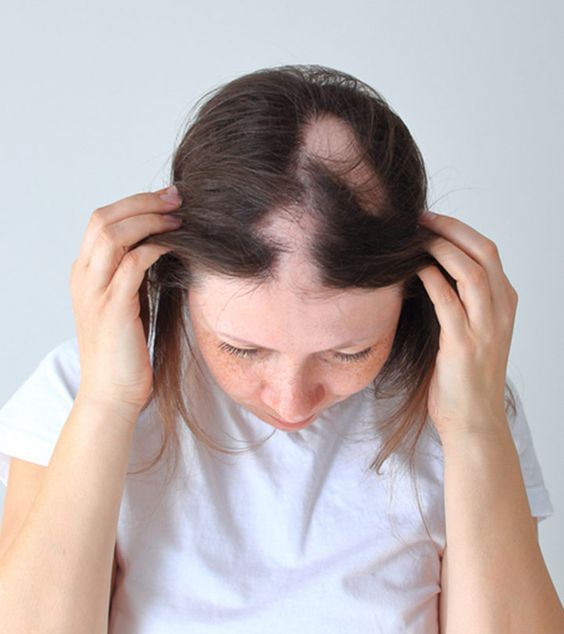1. Is Hyperbaric Oxygen Therapy Effective?
Hyperbaric oxygen therapy is effective for several medical conditions. The FDA has approved using HBOT for treating ailments such as decompression sickness, carbon monoxide poisoning, gas gangrene, and certain types of wounds that do not heal with traditional treatment. However, some studies have found no significant difference between HBOT and placebo for conditions like cerebral palsy and stroke.
Does Hyperbaric Oxygen Therapy Work for Traumatic Brain Injuries?

Millions of people worldwide are impacted by a complex condition known as traumatic brain injury (TBI). While the effectiveness of HBOT for TBI remains controversial, some studies suggest that it may improve cognitive function and reduce inflammation in the brain.
2. Is Mild Hyperbaric Oxygen Therapy Effective?
Mild hyperbaric oxygen therapy (mHBOT) is a less intense form of HBOT that involves breathing oxygen at a lower pressure. While mHBOT has been suggested to be effective for conditions like chronic fatigue syndrome and fibromyalgia, the evidence is limited, and more research is needed to confirm its effectiveness.
Mild HBOT for Hair Growth

Hair loss is a common condition that can significantly impact an individual’s self-esteem and quality of life. Hyperbaric oxygen therapy (HBOT) is a potential treatment option for hair loss.
- Some studies confirmed that HBOT might help promote hair growth by increasing blood flow and oxygen delivery to hair follicles.
- Studies investigating the effects of HBOT on hair growth have yielded promising results. One study in the Journal of Cosmetic and Laser Therapy found that patients who underwent HBOT experienced significant improvements in hair density and thickness compared to a control group.
- Another study published in the Journal of Photochemistry and Photobiology found that HBOT increased hair growth in mice by promoting the proliferation of hair follicle stem cells.
Despite these promising findings, additional investigation is required to validate the efficacy of HBOT for hair growth. It is also important to note that HBOT may not be suitable for all individuals experiencing hair loss, as it depends on the underlying cause of the condition.
3. What Happens During an HBOT?
During an HBOT session, patients breathe pure oxygen inside a pressurized chamber. The increased atmospheric pressure and oxygen levels may promote blood flow and oxygen delivery to the hair follicles, which may, in turn, promote hair growth. However, the optimal duration and frequency of HBOT for hair growth have not yet been established.
While some evidence suggests that HBOT may promote hair growth, further research is necessary to understand its potential benefits for this condition fully.
4. Hyperbaric Oxygen Therapy: Side Effects
Hyperbaric oxygen therapy is generally safe but can cause side effects such as ear pain, sinus congestion, and temporary vision changes. In rare cases, HBOT can cause more serious side effects like lung damage and oxygen toxicity.
During an HBOT session, patients may experience a sensation of pressure in their ears or sinuses, similar to the feeling of being on an airplane. This is due to the increased atmospheric pressure inside the chamber. Patients are usually advised to rest during the session and may be monitored by a healthcare professional to ensure their safety and comfort.
5. How Long Does Hyperbaric Oxygen Therapy Last?
The effect of HBOT varies, depending on the condition being treated. Some conditions may require multiple HBOT sessions to achieve optimal results, while others may only need one or a few sessions.
Typically, a single session can last between 30 minutes to 2 hours. For some conditions, such as carbon monoxide poisoning or decompression sickness, a single HBOT session may be enough to alleviate symptoms and promote healing.
However, other Multiple HBOT sessions, such as chronic wounds or radiation injuries, may be necessary to achieve optimal results.
6. How Often Should Patients Be Exposed to HBOT?
The frequency of hyperbaric oxygen therapy sessions varies depending on the treated condition. Daily sessions may be required for some conditions, while sessions may only be necessary once or twice a week for others. Your doctor will determine the optimal frequency and duration of HBOT based on your needs.
- For some acute conditions, such as carbon monoxide poisoning or decompression sickness, patients may need to undergo HBOT daily until their symptoms subside.
- In other cases, such as wound healing or radiation injuries, patients may only need to undergo HBOT once or twice a week for several weeks or months.
It is essential to note that the frequency and duration of HBOT can vary widely depending on the individual’s condition and response to treatment. Your doctor will evaluate your case and determine your optimal treatment plan.
7. Hyperbaric Oxygen Therapy Cost
The cost of hyperbaric oxygen therapy can vary depending on the location and type of facility. The price of a single session can vary greatly, from a few hundred to several thousand dollars. In some cases, insurance may cover the cost of HBOT.
8. Hyperbaric Oxygen Therapy Benefits
Oxygenark hyperbaric oxygen chamber has several potential benefits, including promoting healing, reducing inflammation, and improving cognitive function. It may also help improve symptoms such as Lyme disease, multiple sclerosis, and chronic wounds.
Conclusion
Hyperbaric oxygen therapy has several potential benefits, but its effectiveness for certain conditions remains controversial. For patients considering HBOT, speak with your doctor to determine if it’s the right treatment option.
